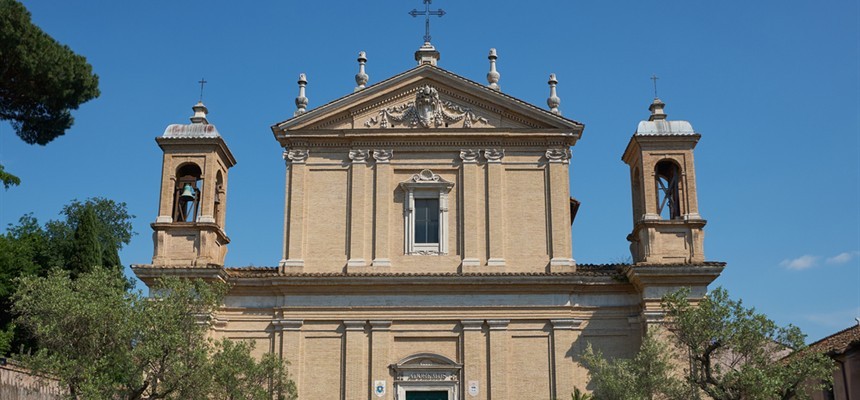
The numbering of the Popes Stephen is a continuing problem, depending on whether you accept the anti-pope in this number.
This particular Pope Stephen was named Stephanus de Gabrielli. His date of birth is not known, but assumed to be some time in the second half of the ninth century. His father was a Roman named Teudemund. At some point in the 920s, Stephanus became the cardinal-priest of the church of Sant’Anastasia, in Rome.
After a coup d’etat, Marozia, senatrix (and daughter of Theophylact), and her husband, Guy of Tuscany, were virtual rulers of both Rome as well as the Catholic Church. When Pope Leo died in the winter of 929, Marozia chose Stephen as her candidate.
Stephen’s two years as pope are overwhelmed by the political happenings of the time. The death of Guy of Tuscany, soon after the death of Pope Leo, left Marozia with two teenaged sons and a baby girl. This put her in a very tenuous position. A virtual civil war was being fought in northern Italy. Rudolph, King of Burgundy was after Berenger, once-king of Italy, who escaped to Hungary, where he died. Hugh, Count of Arles and current king of Italy fought to move Rudolph back to Burgundy. The Count of Bavaria moved into Verona, amidst rejoicing residents who welcomed him. It did not take long for Hugh to defeat him in battle.
With all this going on, Hugh was informed that Marozia was available. The problem was that Guy of Tuscany was Hugh’s half-brother. And, according to law, Hugh could not marry his sister-in-law due to the relationship of affinity. So, as he fought the battles, he fought paperwork to “prove” that his mother’s second marriage and all the relationships did not really exist. Pope Stephen was most likely involved with this argument. Since Hugh and Marozia married soon after the death of Stephen, we can assume that the pope accepted the arguments.
Likely due to the warring in the northern part of Italy, Pope Stephen granted Cante di Gabrielli the position of papal governor of Gubbio, an important, strategic spot in the mountains of central Italy. He was also given control of key fortresses. Some genealogists claim there is a family relationship, there.
Within the Church, proper, Stephen confirmed privileges of a few religious houses in France and Italy. Setting up a precedent, this allowed St. Guibert, a nobleman from Lotharingia (the Low Countries and parts of Germany), to build the monastery of Gerabloux with his own money only a few years after Stephen’s death. It is now considered part of Belgium.
Although there are no examples, Pope Stephen was noted for the severity with which he treated clergy members who strayed in their morals. This makes him seem like a man who lived his Faith, but had to live with his dictator, and do her bidding, as well.
Pope Stephen died after a two-year reign, March 15, 931. He was buried in the old St. Peter’s basilica.

Recent Comments